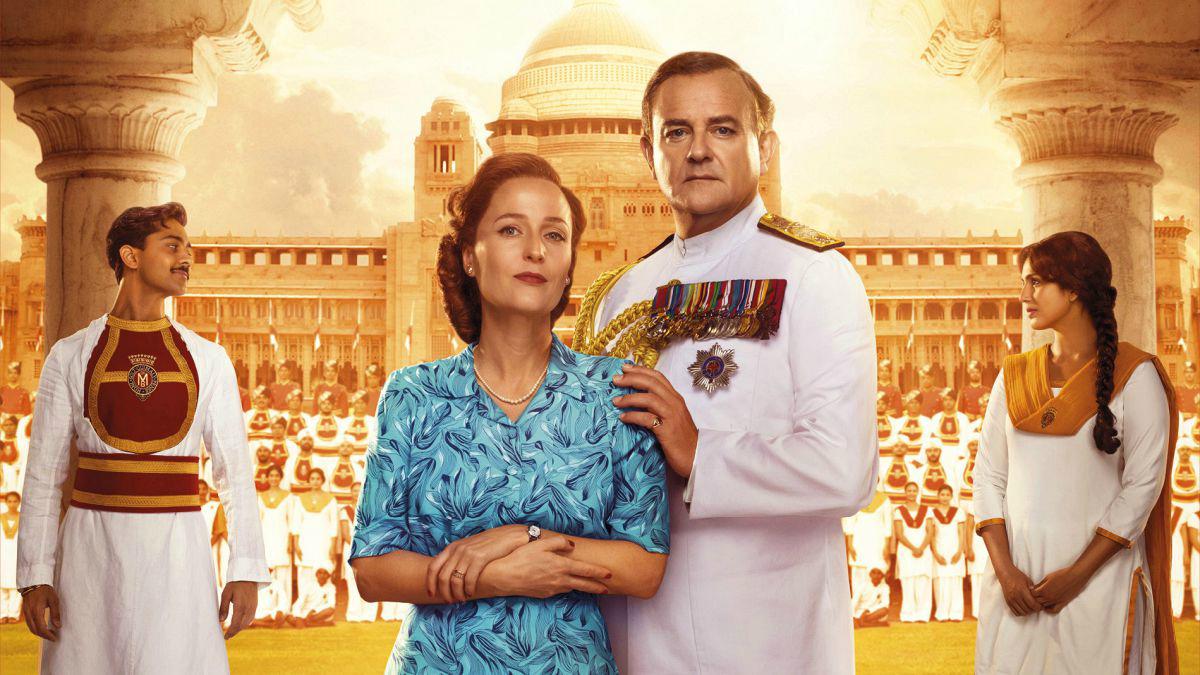Director: Gurinder Chadha
Starring: Hugh Bonneville, Gillian Anderson, Manish Dayal, Huma Qureshi, Om Puri, and Michael Gambon
Downton Abbey’s summer abroad, The Viceroy’s House, is a period drama set during the final days of British Raj as India transitioned to independence and ultimately partition. The last Viceroy of India, Lord Mountbatten (Hugh Bonneville), negotiates the transition with India’s divided Muslim and Hindu leaders. Lord Ismay, played by the great Michael Gambon, acting on Winston Churchill’s behest, complicates matters further. Meanwhile, Mountbatten’s Hindu manservant Jeet (Manish Dayal) falls for the daughter’s Muslim assistant, Alia (Huma Qureshi). The Viceroy’s House is an ambitious and personal film for Bend it Like Beckham filmmaker Gurinder Chadha, a British filmmaker who is of a Sikh Indian background. Chadha, who had relatives deeply affected by the partition of India, makes a sincere attempt to bring in many different perspectives of the period. The film does this by overlaying its political context with a melodramatic narrative surrounding the servants and guards of the Viceroy’s House – to a mixed effect.
I graduated from high school in India and studied the Independence Movement through to Partition, so I have some understanding of the complexity of the issues. The Viceroy’s House, through the relationships of the staff of the House, attempts to explain these complexities (think Downton Abbey or Upstairs, Downstairs). However, there is a trade-off between bringing along those viewers unfamiliar with the history of modern India and maintaining some nuance, and in that sense, the film suffers. Ethnic, religious, social, and political conflicts are addressed in brief scenes or with analogies, which often lack subtlety.
With both Indian and British backers, the film is influenced by British period drama and Bollywood Masala films. Another example of this would be Bride and Prejudice, another Chadha film. Not to be confused with Pride and Prejudice and Zombies, Bride and Prejudice is a fun Bollywood-style take on the Jane Austin classic, with plenty of dance numbers and, of course, weddings. While this works well in Bride and Prejudice, the trouble with The Viceroy’s House is the subject matter; the ripping apart of a nation and subsequent genocide. It sits uncomfortably next to the vibrant colours and soppy melodrama of the film’s Bollywood-style. However, I would not accuse the film of sanitising the historical experience of Partition. There is an earnest attempt to portray the horrors of the period. But the melodrama and simplification of complex issues means achieving any sense of political realism is eluded.
Like any good Masala film, The Viceroy’s House is a mix of genres; a historical epic with political intrigue, romance, and comedy. Performances from Hugh Bonneville, Gillian Anderson, Michael Gambon, and the late great Om Puri are excellent. The A. R. Rahman score is beautiful, the colours are rich, and the setting of the Viceroy’s House is magnificent. You get a sense of tragedy, but also of optimism.
Review by Julian Coleman

